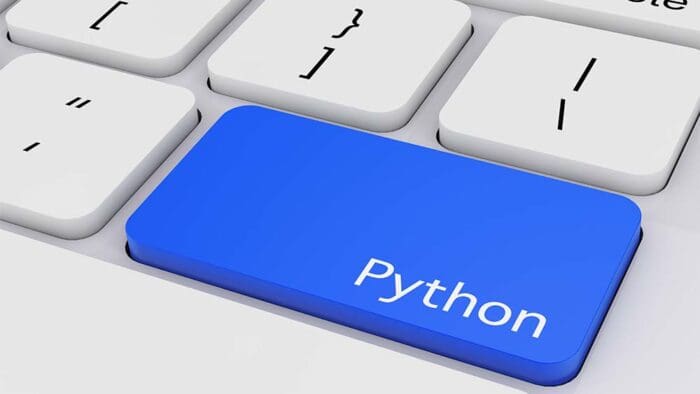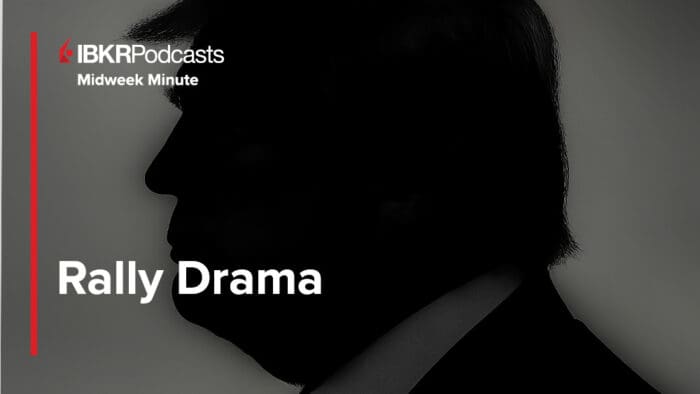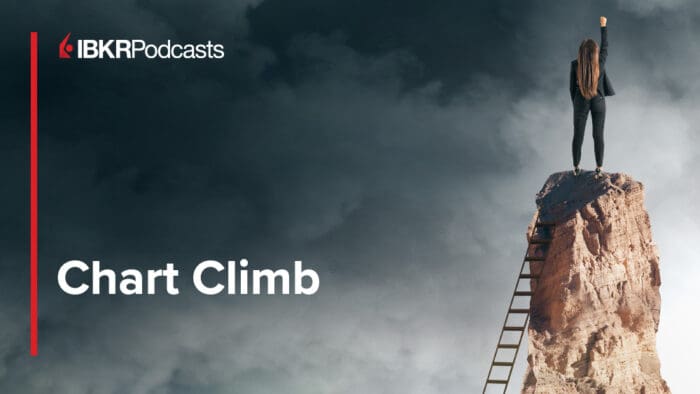Microeconomics deals with how individuals and the firm behave and in particular how they allocate resources. Almost everything is scarce, and so how we use it matters. The allocation of scarce resources determines how prices are set, which is another critical tenet of microeconomics.
Microeconomics analyzes market mechanisms that underpin the formation of prices for goods and services subject to an allocation of the scarce resources of labor and raw materials, which serve to constrain markets. It also looks at market failure where markets fail to produce an efficient outcome.
When the subject is viewed at the level of the national economy it becomes known as macroeconomics. Economists are most interested in aggregating data that tells the big picture story on trends such as consumer behavior, employment, growth, government policies and what the authorities spend.
Microeconomics assumes that customers want to maximize their budgets or maximize the utility they get from a combination of goods and services subject to the constraint of a budget. Economists assume that consumers act rationally, know that there are competing goods and services that, in different combinations, will provide equal amounts of satisfaction or utility.
Maximizing utility is a theory used by economists to explain what or how individuals make choices, and importantly why they make those choices.
In the Theory of Consumer Demand economists look at how consumers’ preferences for goods and services are used in order to create a demand curve. The theory further examines how consumers arrive at an equilibrium between their preferences for those goods and services while maximizing the utility from consuming them subject to the constraint of a budget.
The Theory of Production examines the economic process of converting inputs into outputs. Throughout the production process, resources are used to create goods and services used for exchange in a market economy.
The Cost of Production Theory of Value examines how prices are arrived at on the production side. A variety of inputs are involved in the production process whether they be land, capital, labor, raw materials, taxation or technology. This theory concludes that, in the short run at least, total costs incurred during the production cycle are the sum of fixed costs plus variable costs.
Microeconomic theory considers that time is finite, and it can be used to do different things. However, consumers are constrained by the fact that they can only do one thing at a time. Therefore, if we do one thing there is an implied cost of not doing the next best alternative. Economists talk about the opportunity cost of performing an action or purchasing one good instead of another. Opportunity costs matter since consumers have an array of choices and can change the mix of what they purchase.
Under the tenet of Price Theory supply and demand is used to predict human behavior. Price theory focuses on the type and degree of competition between producers and the relationship between sellers.
The theory of Supply and Demand looks for price equilibrium under the assumption of perfect competition, where no buyers or sellers have any form of advantage or control. Equilibrium prices are subject to the constraint of utility maximization.
Finally, Market Structure theory examines the features of a market, the number of firms in a market, their respective market share, and the similarity of products to help understand how consumers and producers respond to the prevailing or changing environment.
An understanding of microeconomics helps you learn about consumer and business behavior and how prices are made. An understanding of basic market forces will help you better understand big picture or macroeconomics, when it comes to monitoring actual economic behavior at the national and global level.












Join The Conversation
For specific platform feedback and suggestions, please submit it directly to our team using these instructions.
If you have an account-specific question or concern, please reach out to Client Services.
We encourage you to look through our FAQs before posting. Your question may already be covered!